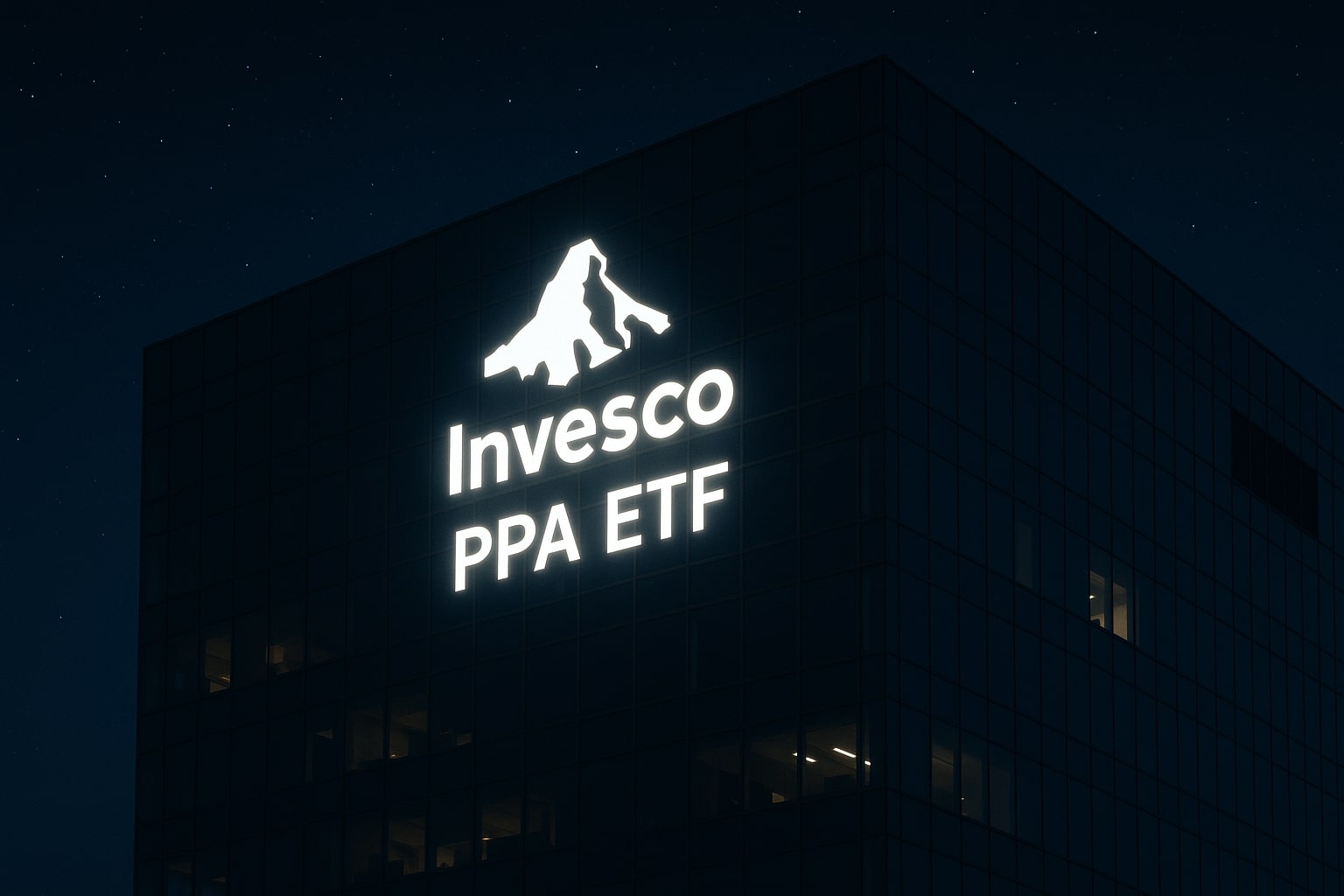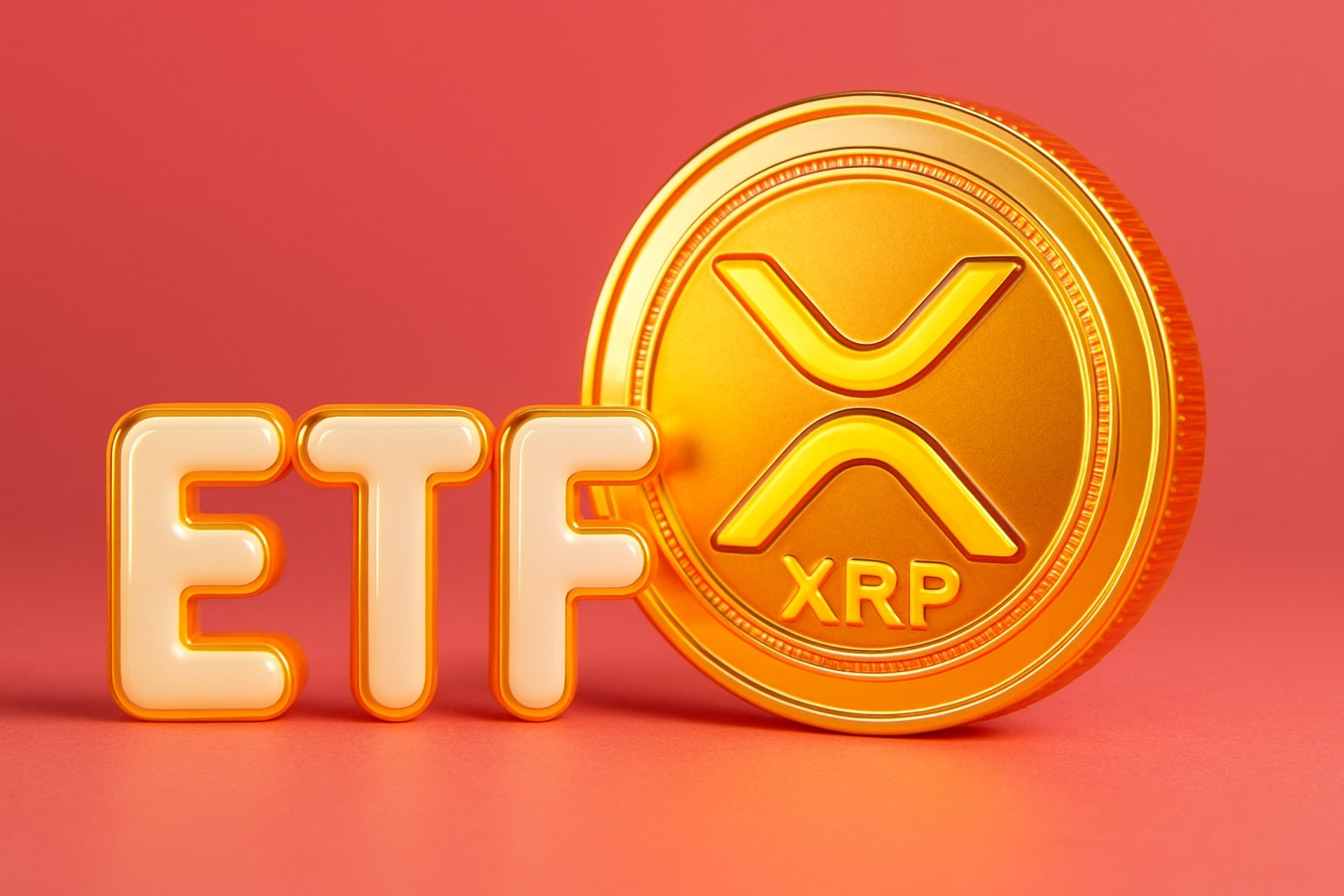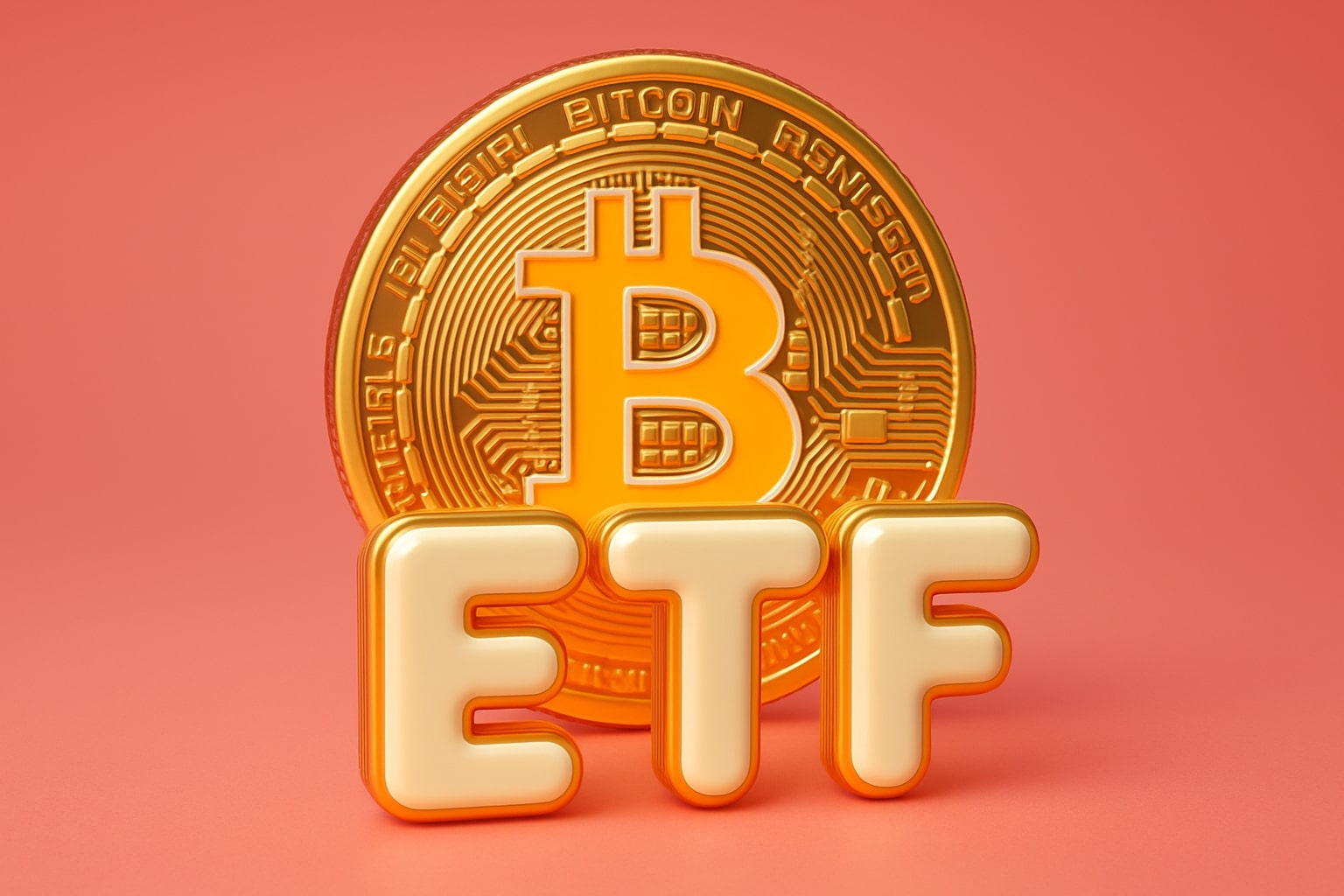
Stock Market Today: Dow, S&P 500, Nasdaq Tumble as Yields Near 5%
Tech stocks plunge, gold hits $3,579, and Kraft Heinz splits while Pepsi jumps on Elliott’s $4B stake | That's TradingNEWS
U.S. Equity Markets Kick Off September with Sharp Losses
Wall Street’s September debut reinforced its reputation as the weakest trading month of the year. The Dow Jones Industrial Average (^DJI) closed at 45,002.90, falling 541.98 points or 1.19%. The S&P 500 (^GSPC) ended at 6,362.67, shedding 97.59 points or 1.51%. The Nasdaq Composite (^IXIC) dropped 415.28 points or 1.94% to 21,040.27, its steepest two-day stretch since April. All three benchmarks reversed last week’s gains, as higher bond yields and uncertainty surrounding President Trump’s tariffs and Federal Reserve policy unsettled markets.
September’s seasonality weighed heavily on sentiment. Over the last decade, the S&P 500 has averaged a 2% decline in September, while the Dow has posted gains in only 42% of Septembers since 1897. The Nasdaq fares slightly better, positive in about 52% of Septembers, but with negative average returns. These historical trends loomed as Tuesday’s session confirmed a familiar pattern of weakness.
Treasury Yields Surge, 30-Year Nears 5%
Fixed income markets dominated trading headlines. The 30-year Treasury yield (^TYX) surged to 4.978%, its highest level since July, approaching the psychologically important 5% threshold. The 10-year (^TNX) added 5 basis points to 4.282%, while the 5-year (^FVX) moved to 3.73%. The spike in yields reflects a broad bond selloff, amplified by uncertainty over whether tariff revenues—potentially deemed unconstitutional by courts—will be refunded, pressuring an already stretched U.S. fiscal position. Rising yields translated directly into equity weakness, particularly for growth-heavy Nasdaq components whose valuations are sensitive to discount rates.
European markets mirrored the trend, with France’s 30-year bond yield climbing to 4.50% and U.K. gilts pushing toward 5.70%. Japan bucked the selloff as a strong auction boosted demand for its 10-year notes. Historically, September is also a weak month for long-dated bonds, as pension funds rebalance and fiscal worries surface—adding another layer of pressure.
Technology Stocks Lead the Decline
Tech megacaps bore the brunt of the selloff. Alphabet (GOOGL) fell 3.02% to $162.45, while Amazon (AMZN) dropped 2.2% to $174.38, leading the Magnificent Seven lower. NVIDIA (NVDA) tumbled 3.82% to $167.45 after shedding 3% last Friday, extending concerns that AI-related spending may have peaked for now. Weakness was compounded by Dell (DELL)’s disappointing guidance, pointing to slower server demand, and reports that Alibaba (BABA) is developing chips to challenge Nvidia and AMD in China. Nvidia has now lost nearly 6% over two sessions, underlining fragility in the AI trade.
Cloud and AI infrastructure also cracked. CoreWeave (CRWV) fell 10.73% to $91.98, down nearly 50% from June highs, placing its $9 billion stock-based acquisition of Core Scientific (CORZ) at risk. Insider activity worsened sentiment—CEO Mike Intrator and other executives disclosed share sales last week, as seen in SEC filings, raising governance concerns and linking directly to broader AI bubble fears.
Corporate Drama: Pepsi, Kraft Heinz, and Nestlé
The consumer staples sector diverged. PepsiCo (PEP) rallied 2.68% to $152.63 after activist investor Elliott Management disclosed a $4 billion stake, making it one of Pepsi’s top five shareholders outside index funds. Elliott’s involvement signals pressure for restructuring, potentially in categories beyond soda and snacks, where Pepsi has struggled with demand declines. Year-to-date, PEP is down 2%, lagging the S&P 500’s 10% advance, making Elliott’s timing a direct challenge to management.
By contrast, Kraft Heinz (KHC) plummeted 6.49% to $26.16 after announcing a breakup into two companies: one focused on groceries, the other on sauces and spreads. This dismantles the 2015 merger orchestrated by Berkshire Hathaway (BRK.A) and 3G Capital. BRK.A slipped 0.49% to $751,575.68, while BRK.B fell 0.55% to $500.21. Warren Buffett expressed disappointment, calling the split a step back for what was once a $45 billion food conglomerate. With KHC stock already down over 60% since the merger, the move illustrates the limits of large-scale consolidation in the current consumer environment.
In Switzerland, Nestlé (NESN.SW) dipped 0.74% to CHF 74.93 after CEO Laurent Freixe was dismissed for misconduct involving a relationship with a subordinate. Philipp Navratil, head of Nespresso, takes over. Shares are already down 18% year-over-year, and the leadership change highlights governance challenges at one of Europe’s largest consumer companies.
Energy Markets Split: Oil Higher, Gas Lower
Crude oil advanced, with WTI (CL=F) at $65.51 (+2.34%) and Brent (BZ=F) hovering just under $70, as traders focused on risks to Russian exports amid continued infrastructure attacks. However, natural gas sold off: Natural Gas October (NG=F) dropped 2.10% to $2.934 after Russia’s Gazprom confirmed a binding agreement with China to build the Power of Siberia 2 pipeline. The pipeline will ship up to 50 bcm annually for 30 years, further cementing Russia-China energy ties. While Europe once imported 150 bcm annually, purchases are now only 18% of their 2021 levels. The deal locks in lower prices for China than Europe once paid, pressuring global benchmarks. Natural gas futures are now down 26% year-to-date.
Gold Breaks Records Amid Fed Uncertainty
The standout performer was gold. COMEX Gold (GC=F) soared 1.79% to $3,579, after touching $3,508 intraday—breaking the April record. The metal is now up over 30% in 2025, far outpacing equities. With markets pricing in a 90% probability of a 25bps Fed cut in September, bullion has become the preferred hedge against both inflation and political risk. Non-yielding gold thrives when real rates fall, and uncertainty over Trump’s influence on the Fed has accelerated safe-haven flows. Newmont (NEM) shares gained 2% in sympathy, closing near $44, reinforcing gold miners as a leveraged play on the commodity rally.
Manufacturing and Jobs Data Pressure Outlook
Macro data provided little relief. The ISM Manufacturing PMI rose to 48.7 from 48.0 in July, slightly above forecasts but still firmly in contraction territory for the sixth straight month. Only food and petroleum sectors showed expansion. Employment and new orders improved marginally, but the industrial backdrop remains weak. Investors now focus squarely on Friday’s August payrolls. A stronger-than-expected report risks weakening the case for deeper rate cuts, while a soft number could justify aggressive easing.
EV Sector Divergence: Nio vs Tesla
Nio (NIO) gained 0.39% to $6.41 after reporting a narrower-than-expected loss of $0.25 per share on Q2 deliveries of 72,056 vehicles, up from 57,373 a year ago. Q3 guidance for 89,000 vehicles suggests record output. Yet Tesla’s international expansion showed cracks. Reports indicated only 600 orders for Tesla (TSLA) vehicles in India since launch, a weak performance given its aspirations in Asia. Meanwhile, Tesla’s China sales fell 4% in August, adding to pressure in its largest market. Contrasting fortunes underline diverging execution capabilities across EV players.
Healthcare and Biotech Rally on Trial Results
Biotech names lit up the tape even as broader indices fell. Cytokinetics (CYTK) soared 34.79% to $47.62 on promising aficamten trial results, while United Therapeutics (UTHR) spiked 34.83% to $410.90. Smaller gains in Ionis Pharmaceuticals (IONS) (+31.46% to $56.05) and Arrowhead (ARWR) (+10.80% to $24.41) rounded out a biotech surge, offsetting weakness elsewhere in healthcare. With the sector otherwise pressured by political rhetoric on drug pricing, clinical wins delivered crucial upside catalysts.
Volatility Surges, Hedge Funds Remain Cautious
The Cboe Volatility Index (VIX) surged 25% to 19.21, its sharpest jump in weeks, confirming heightened hedging demand. Hedge funds entered September as net sellers of U.S. equities after a cautious August. UBS noted that retail investors now hold record-high equity exposure relative to income—over 40% of U.S. market ownership—raising risks of forced selling if economic momentum falters. This “fragile retail bid” compounds fears of a self-reinforcing downturn should labor or inflation data disappoint.
Buy, Sell, Hold Verdict
Data across indices and sectors point to defensive positioning.
-
S&P 500 (^GSPC) at 6,362 faces downside risk if 30-year yields breach 5%. Verdict: Hold until clarity emerges from jobs data and Fed cuts.
-
Nasdaq (^IXIC) at 21,040 remains overexposed to tech weakness. NVDA, GOOGL, and AMZN remain pressured. Verdict: Sell short-term as AI valuations deflate.
-
Dow (^DJI) at 45,002 shows resilience but suffers from bond headwinds. Verdict: Hold, with cautious bias.
-
Gold (GC=F) at $3,579 has strong momentum with Fed easing priced. Verdict: Buy, as a hedge against both policy and political shocks.
-
PepsiCo (PEP) backed by Elliott’s $4B stake and activist playbook offers upside. Verdict: Buy on activist catalyst.
-
Kraft Heinz (KHC) at $26.16 remains a long-term underperformer despite the breakup. Verdict: Sell given eroded shareholder value.
-
Nio (NIO) showing delivery growth is a speculative Buy, while Tesla (TSLA) in India is a Hold until traction improves.
This split market—risk-off for equities, risk-on for gold and select defensives—reflects a broader rotation. Bond yields nearing 5% signal the market’s biggest test yet for 2025.
That's TradingNEWS
Read More
-
PPA ETF at $154: Can This Defense ETF Keep Beating ITA and SPY?
14.12.2025 · TradingNEWS ArchiveStocks
-
XRP ETFs XRPI and XRPR Pull In $975M While XRP-USD Fights To Hold $2
14.12.2025 · TradingNEWS ArchiveCrypto
-
Natural Gas Price Forecast: NG=F Hits $4.11 As Warm Winter Outlook Puts $3.913 Support At Risk
14.12.2025 · TradingNEWS ArchiveCommodities
-
USD/JPY Price Forecast - Dollar to Yen Can BoJ’s 0.75% Shock Break The 155–158 Range?
14.12.2025 · TradingNEWS ArchiveForex


















